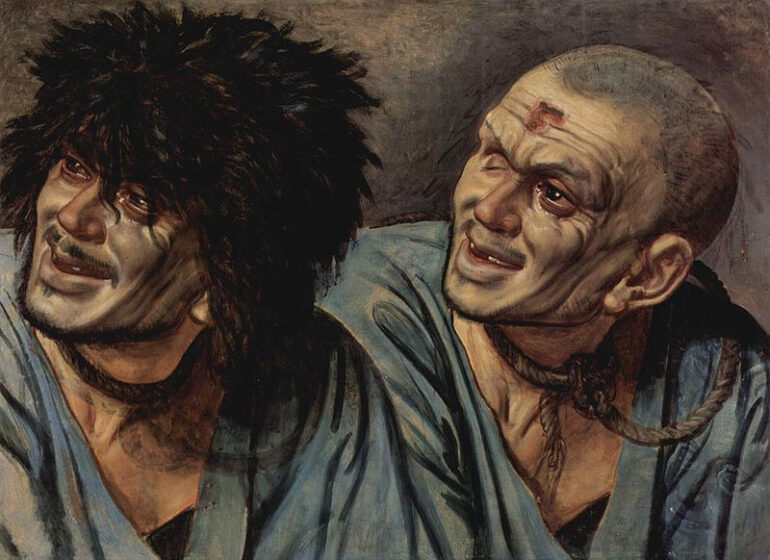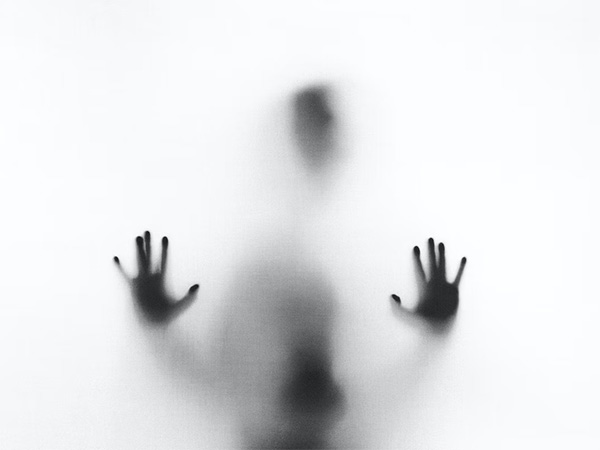Realism, as a genre of art, seeks to portray subjects in their true form, emphasizing the intricacies of light and shade. Artists specializing in realism aim to produce artwork that is indistinguishable from a photograph, frequently leaving viewers amazed by their technical abilities. This article will examine the art of realism, focusing on the skillful depiction of light and shadow by artists.
Understanding light and shadow
Artists must understand the behavior of light and shadow to capture them effectively. Light can take on various forms, such as sunlight and artificial sources, each with its own unique effects on illuminated objects. Shadows add depth, drama, and realism to a composition. Artists must study the interplay of light and shadow to understand how they interact with surfaces and objects.
The importance of observation
Observation is crucial for realistic artwork. Realist artists study subjects, observing light and shadow changes. Artists must carefully observe how light falls on the subject in still life, portrait, or landscape creations, highlighting certain areas and casting others into darkness. By accurately representing form and creating a convincing illusion of reality, attention to detail helps achieve goals.
Mastering techniques
Realist artists utilize diverse methods to realistically capture light and shadow. A technique that can be mentioned is “chiaroscuro,” which is a term that originates from the Italian words for “light” and “dark.” Chiaroscuro entails the utilization of a pronounced disparity between illumination and obscurity to generate a three-dimensional impact. Through the adept manipulation of tonal values, artists are able to generate a perception of depth and infuse vitality into their subjects.
“Sfumato,” is another technique frequently employed by realist artists. The technique entails the subtle blending of tones and colors to generate gentle transitions between light and shadow. In his masterpiece, the Mona Lisa, Leonardo da Vinci famously employed sfumato to generate a feeling of depth and realism in the subject’s face.
Materials and tools
Realist artists achieve the desired effect by carefully selecting their materials and tools. The capturing of subtle nuances of light and shadow is greatly influenced by the use of high-quality paints, brushes, and surfaces. In order to attain varying textures and levels of realism, artists may opt to utilize diverse mediums, including oil, acrylic, or graphite. In addition, recreating specific lighting conditions and accurately depicting light and shadow can be facilitated by the use of lighting equipment, such as spotlights or lamps.
Evoking emotion
Not only is capturing light and shadow about achieving technical accuracy, but it is also about evoking emotion in the viewer. Through the adept manipulation of light and shadow, artists have the ability to generate a mood or atmosphere that enhances the artwork’s depth and significance. From the warm glow of a sunset to the stark shadows in a dimly lit room, the interplay of light and shadow can elicit emotions of joy, melancholy, or mystery.
Realism, as an art genre, necessitates a profound comprehension of light and shadow. Realist artists meticulously observe their subjects, adeptly master various techniques, and meticulously select materials to create artwork that is indistinguishable from reality. In achieving technical accuracy and evoking emotion in their viewers, these artists capture the interplay of light and shadow. The inspiration and amazement of the art of realism persist, serving as a reminder of the world’s beauty and complexity.
Photo Attribution:
1st & featured image by Alexander Ivanov – The Yorck Project (2002) 10.000 Meisterwerke der Malerei (DVD-ROM), distributed by DIRECTMEDIA Publishing GmbH. ISBN: 3936122202., Public Domain, https://commons.wikimedia.org/w/index.php?curid=153243
2nd image by https://unsplash.com/photos/person-behind-fog-glass-ZC0EbdLC8G0

